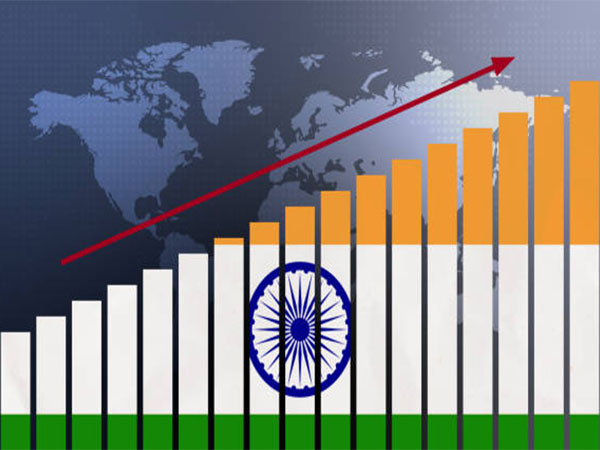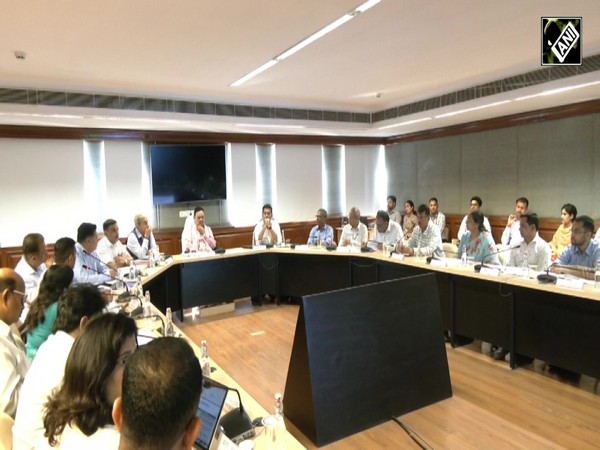
Credit growth influenced by economic activity rather than surplus liquidity: Report
Jun 28, 2025
New Delhi [India], June 28 : Credit growth in the economy is influenced more by overall economic activity than by the size of the liquidity surplus, according to a recent report by Standard Chartered, an international bank.
The report noted that while a high liquidity surplus may provide some support to unsecured personal loan growth (excluding consumer durable loans), it does not automatically lead to broad-based credit growth.
It stated, "Credit growth depends more on economic activity than the size of the liquidity surplus; however, unsecured personal loan growth (ex-consumer durables) could get a fillip on a large liquidity surplus".
In fact, as the report mentioned that the credit growth excluding unsecured personal and consumer durable loans tends to slow during periods of excess liquidity.
This trend suggested that the real demand for credit, which is closely linked to economic activity, is a more important driver than the availability or cost of funds.
"Slower economic activity triggers action by the central bank to increase the liquidity surplus as a counter-cyclical measure," the report said.
However, despite such efforts, overall credit (excluding unsecured personal and consumer durable loans) as a share of GDP has declined during past episodes of high liquidity surplus.
For example, the report highlighted that during the period from December 2016 to September 2017, when liquidity surplus ranged between 2.6 per cent and 3.3 per cent of Net Demand and Time Liabilities (NDTL), credit (excluding unsecured personal and consumer durable loans) as a percentage of GDP fell from 48.9 per cent to 46.2 per cent. This decline continued until mid-2019.
Interestingly, unsecured personal loan growth (excluding consumer durables) has shown a strong uptrend over the last decade. Its size more than doubled to around 6 per cent of GDP.
While this growth is largely driven by structural factors such as improved access to credit and the rise of digital lending, the report pointed out that its pace of expansion tends to increase during periods of high liquidity surplus.
During March 2021 to March 2023, as per data shared by the report amid a large liquidity surplus and relaxed credit conditions, the share of unsecured personal loans in GDP rose at a faster pace than during previous similar episodes.




























